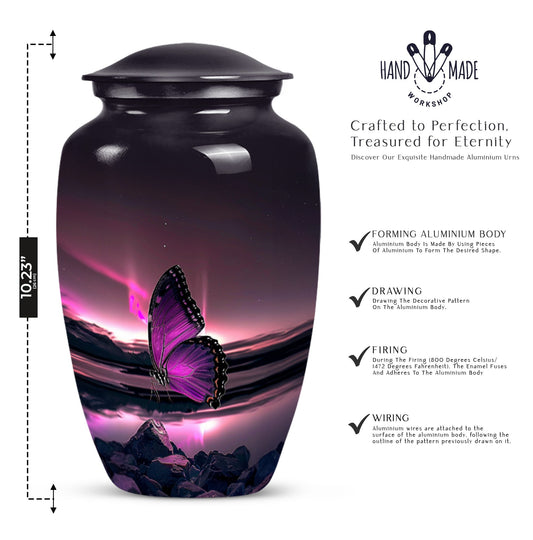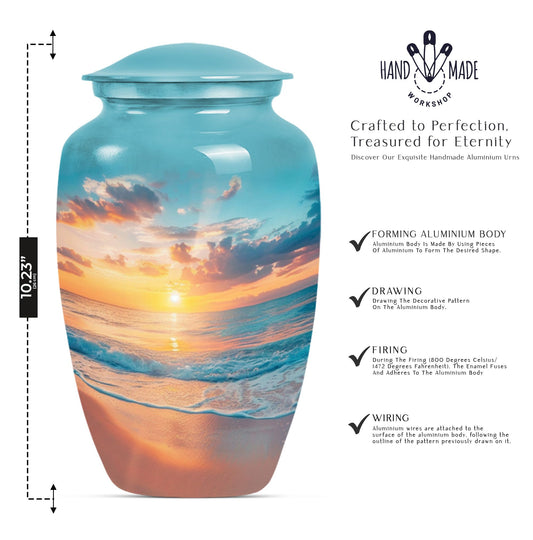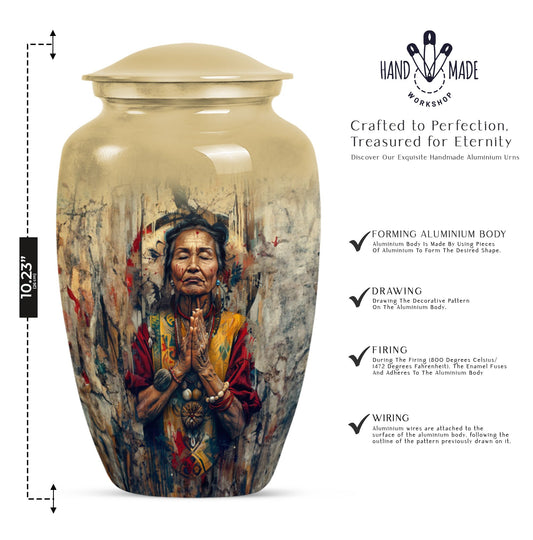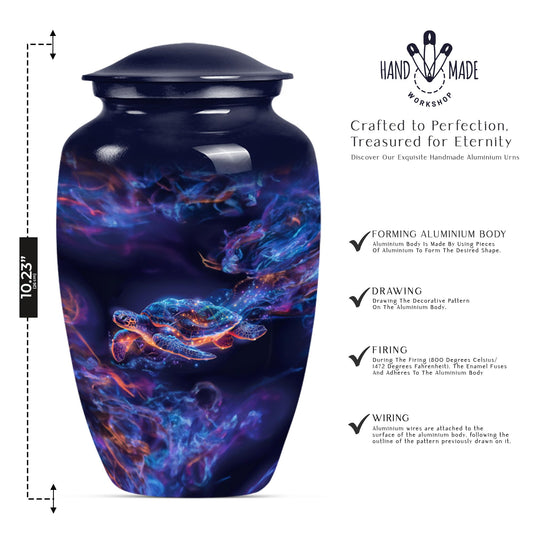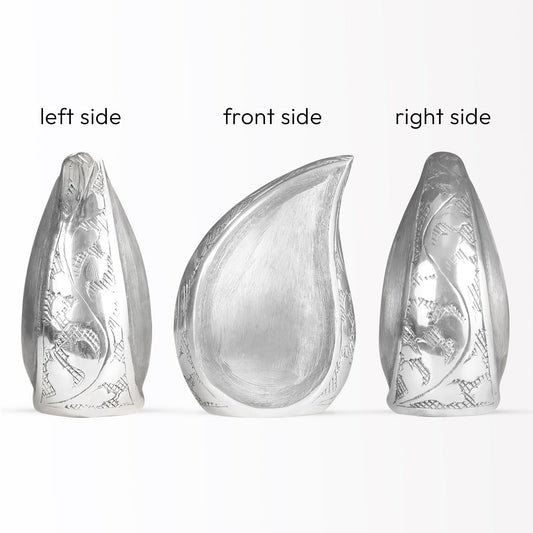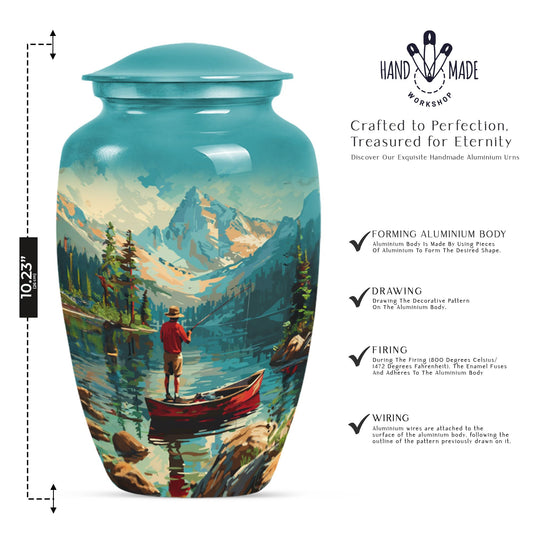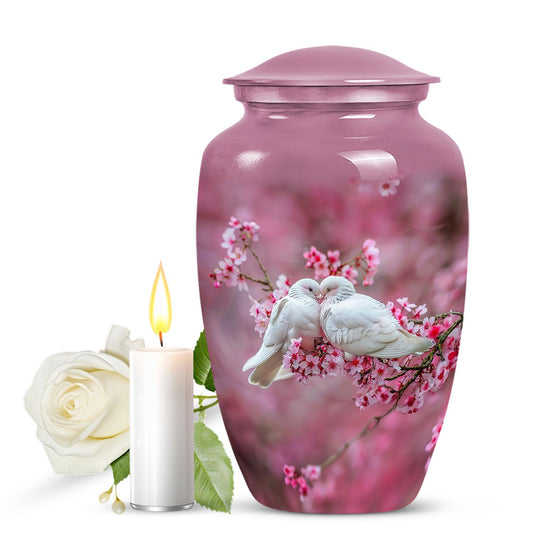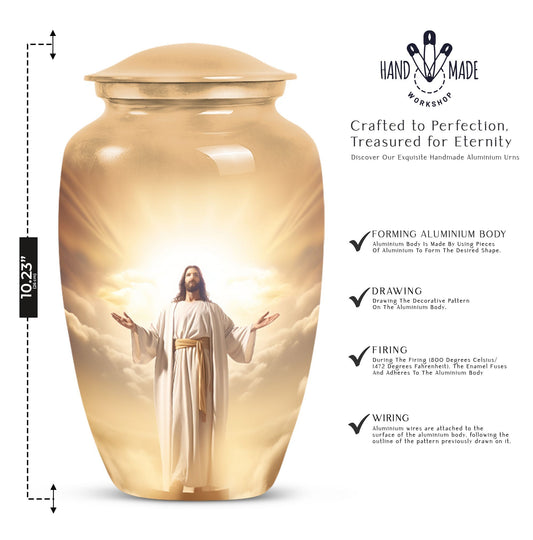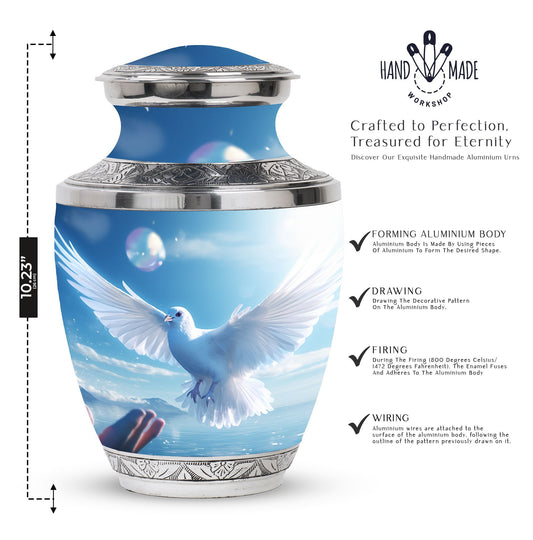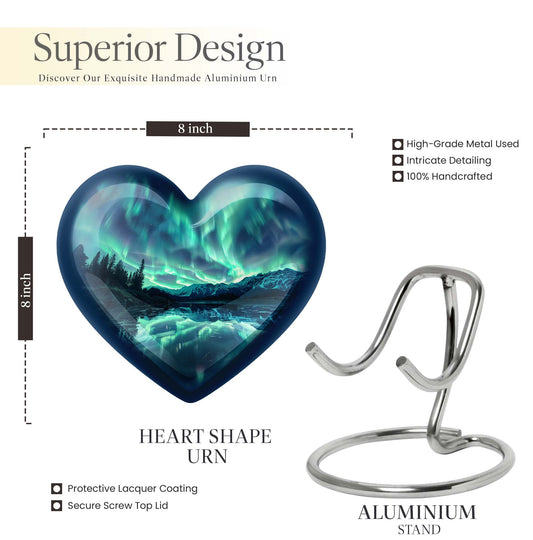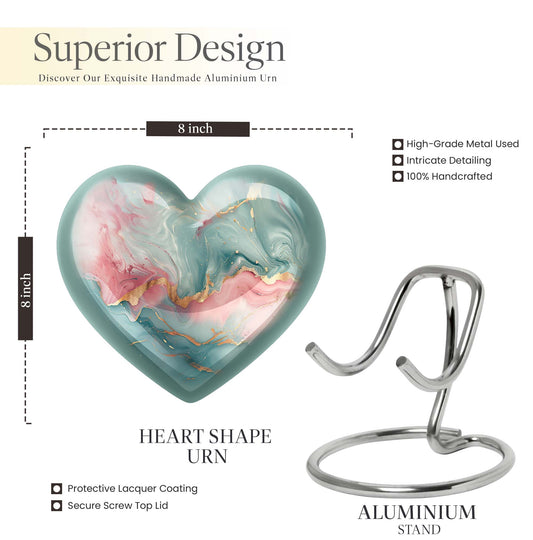Popular Urns
How Does Water Cremation Actually Work?

Water cremation, or alkaline hydrolysis, is more commonly referred to as aquamation. It's a new water-based way to handle the human body, using water and alkali to dissolve organic matter. This was gentler on the environment than traditional cremations. So here's how it works and what makes this so special.
What is The Chemistry Behind Water Cremation:
It can be considered a less harsher process-
Water cremation is one of the methods that utilizes a combination of water, heat and potassium hydroxide, an alkaline solution. It places the body in this specific room and exposes it to regulated temperatures usually within 150°F and 300°F (65°C to 150°C).
Towards the end of hours, the tissues in the body are broken into a sterile liquid and ash by the alkaline solution.

Green Decomposition-
It is also much more environmentally friendly than traditional cremation, which uses fossil fuel and emissions in the atmosphere. It does not produce pollution-causing harmful pollutants. So, it is really the choice for those who are worried about their ecological footprint.
What does water cremation involve?
1. Gentler on the BodySometimes, water cremation can be considered a better option than the traditional method because it is very humane. The process ensures respect for the deceased, considering the fact that it does not use the extremely high temperatures and flames prevalent in the traditional cremation of bodies.
It is so gentle that families may take consolation if informed that their loved ones are well handled.
2. Low Carbon FootprintOne of its greatest differences is that the water cremation process has minimal impacts on the environment. It helps in abstaining from fossil fuels and emissions relating to greenhouse gases, thus opening the way for a more sustainable approach to afterlife care.

The process claims to use **90% less energy** compared to traditional cremation, so this is an attractive choice for those who are environmentalists.
3. Biodegradable ResidueIn the final step of water cremation, what's left of the body is only dust and deionized water. The water is totally nontoxic to be released back into nature or fed back into ordinary water treatment facilities. That means that this process is 100 % biodegradable without creating even a tiny chance for the production of any kind of risk to pollution at all.
4. Possible Options for Memorialization That Can be applied-Water cremation can also allow a family to tailor the memorial service just like when cremation was the standard option. Remains in the form of bone ash can be left inside an urn, scattered in a place of significance, or even incorporated into memorial jewelry.
Such options provide families with the possibility to offer their deceased something very unique.

Water cremation is legalized in many countries, and new regulations are passed that ensure safety and dignity while performing this kind of procedure. The more that water cremation becomes an accepted procedure the more facilities are needed to accommodate these families who have made this choice over their loved ones.
Hence, Actually A Thoughtful Choice for the Future
This is as far from the traditional funeral or cremation: very tender, least to the environment non-invasive, and very creative in memorial choices. That is very meaningful to families looking to properly pay their respects to a loved one.
As people begin to learn more about such innovative end choices, this is the movement that will be seen forward in the end-of-life process.
ALSO READ:


